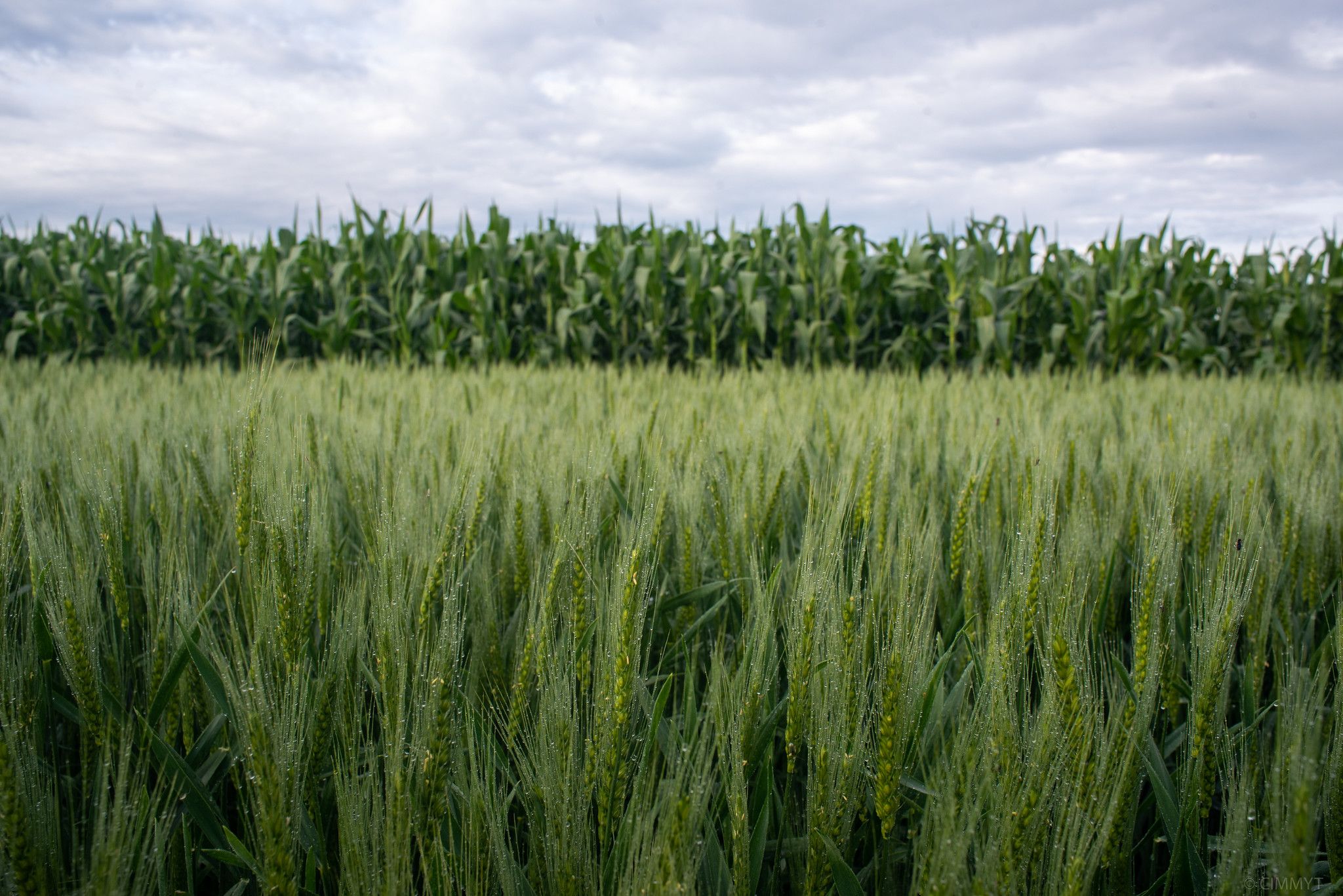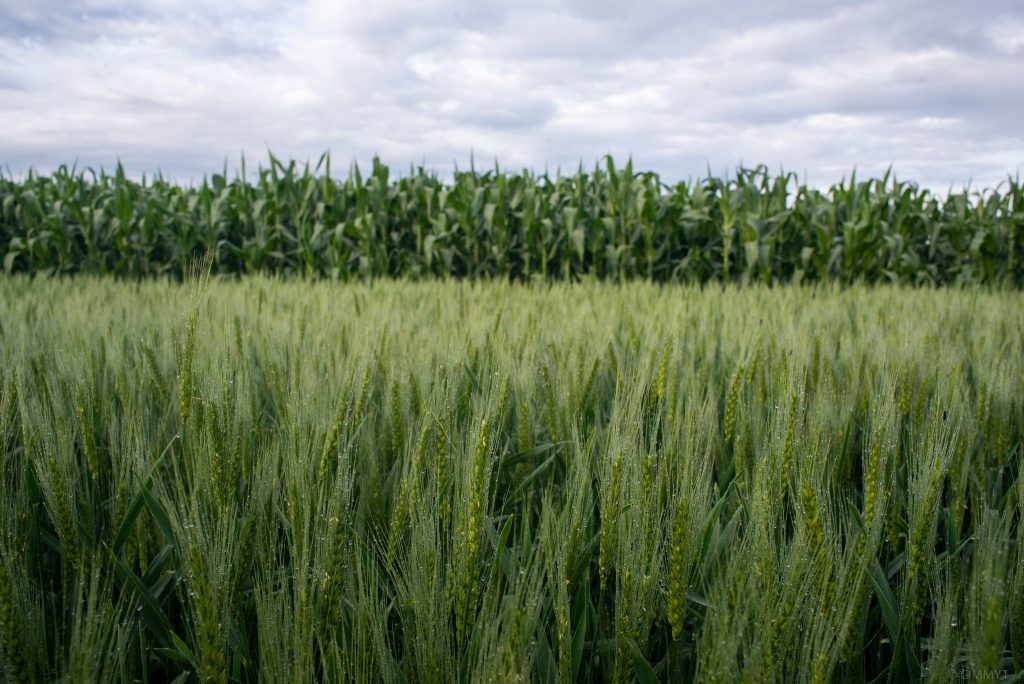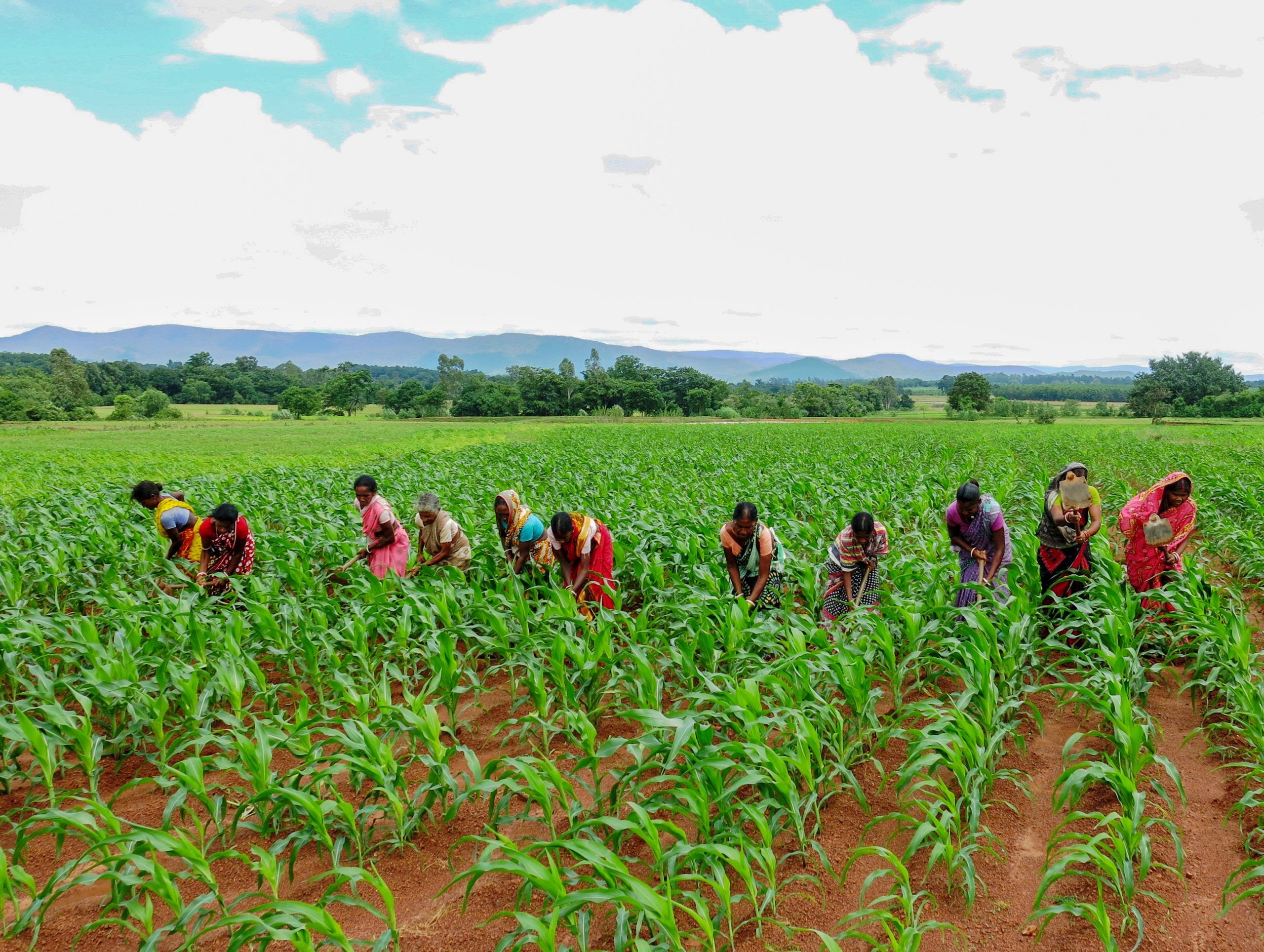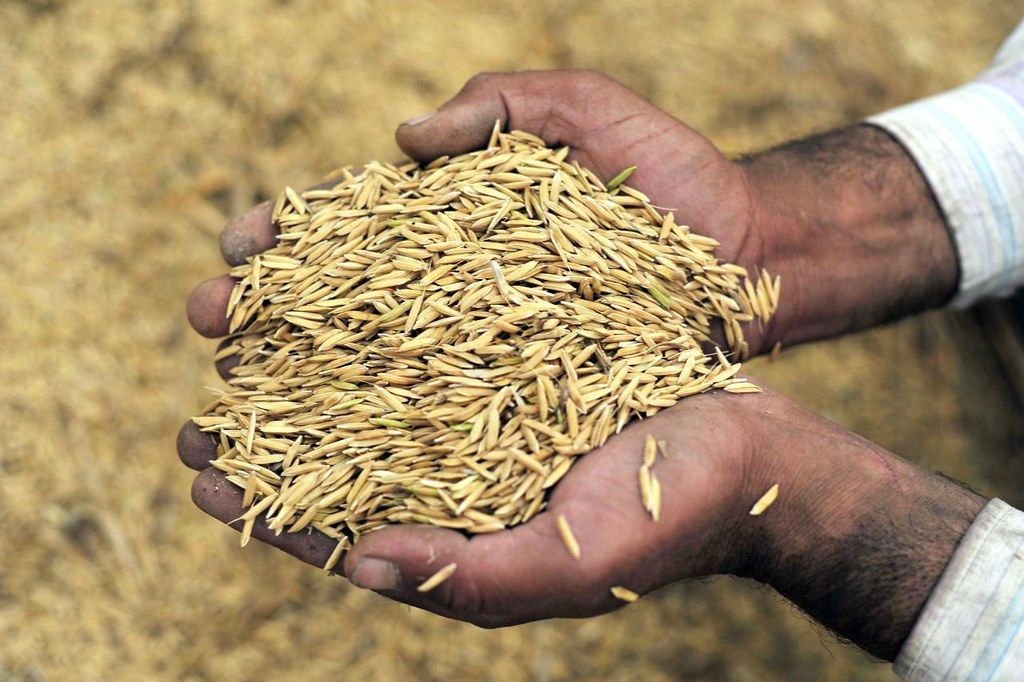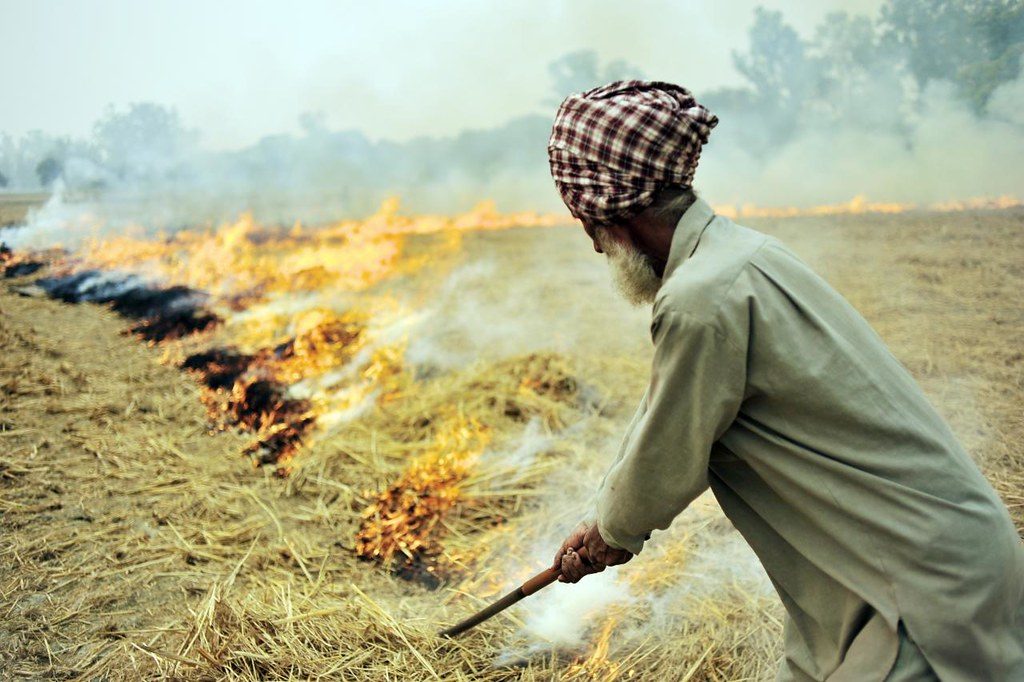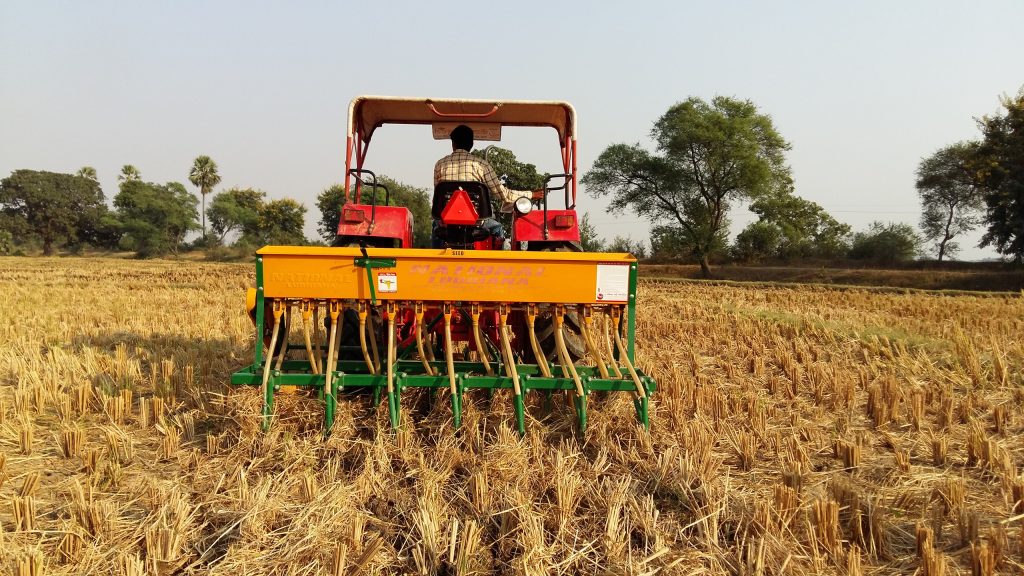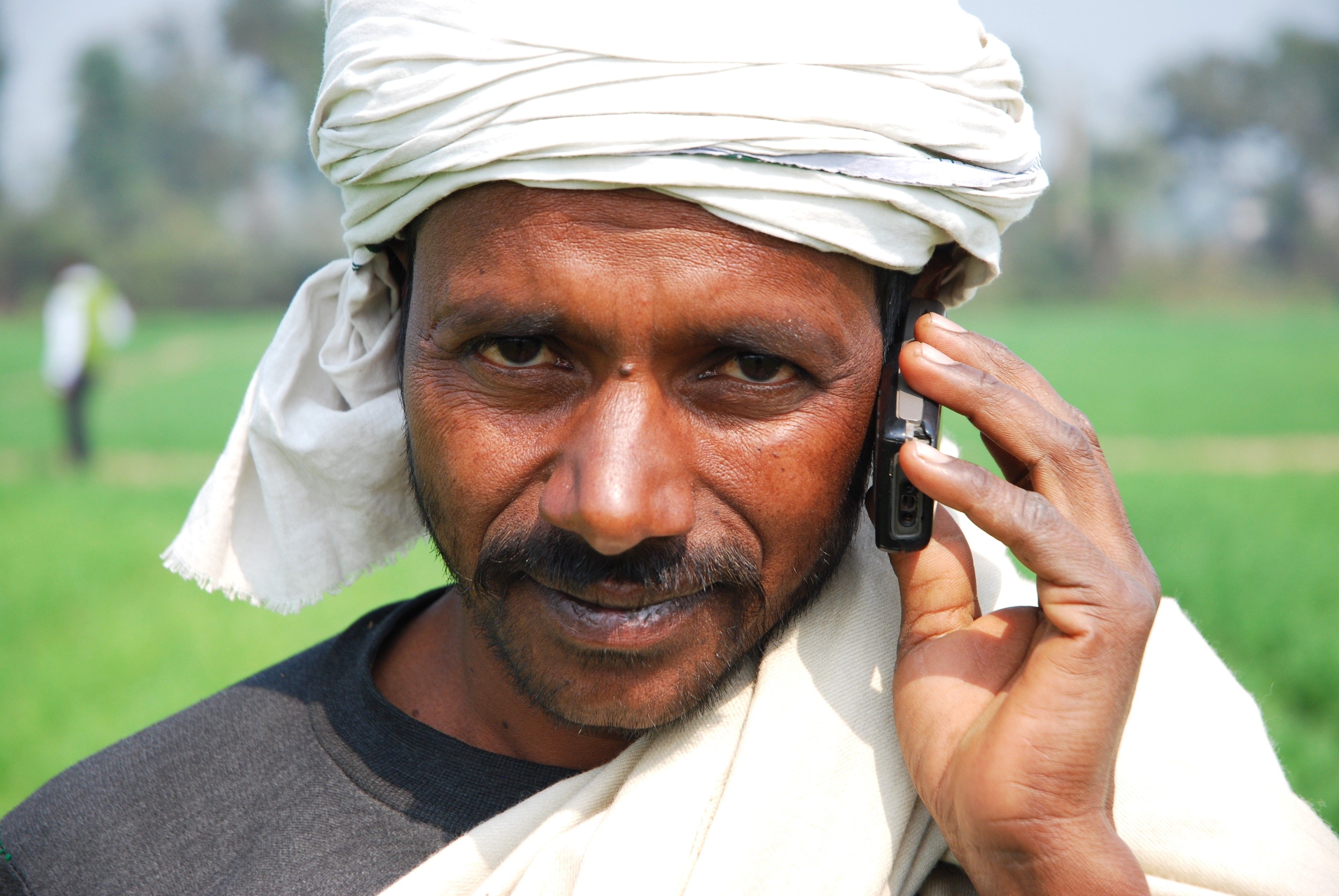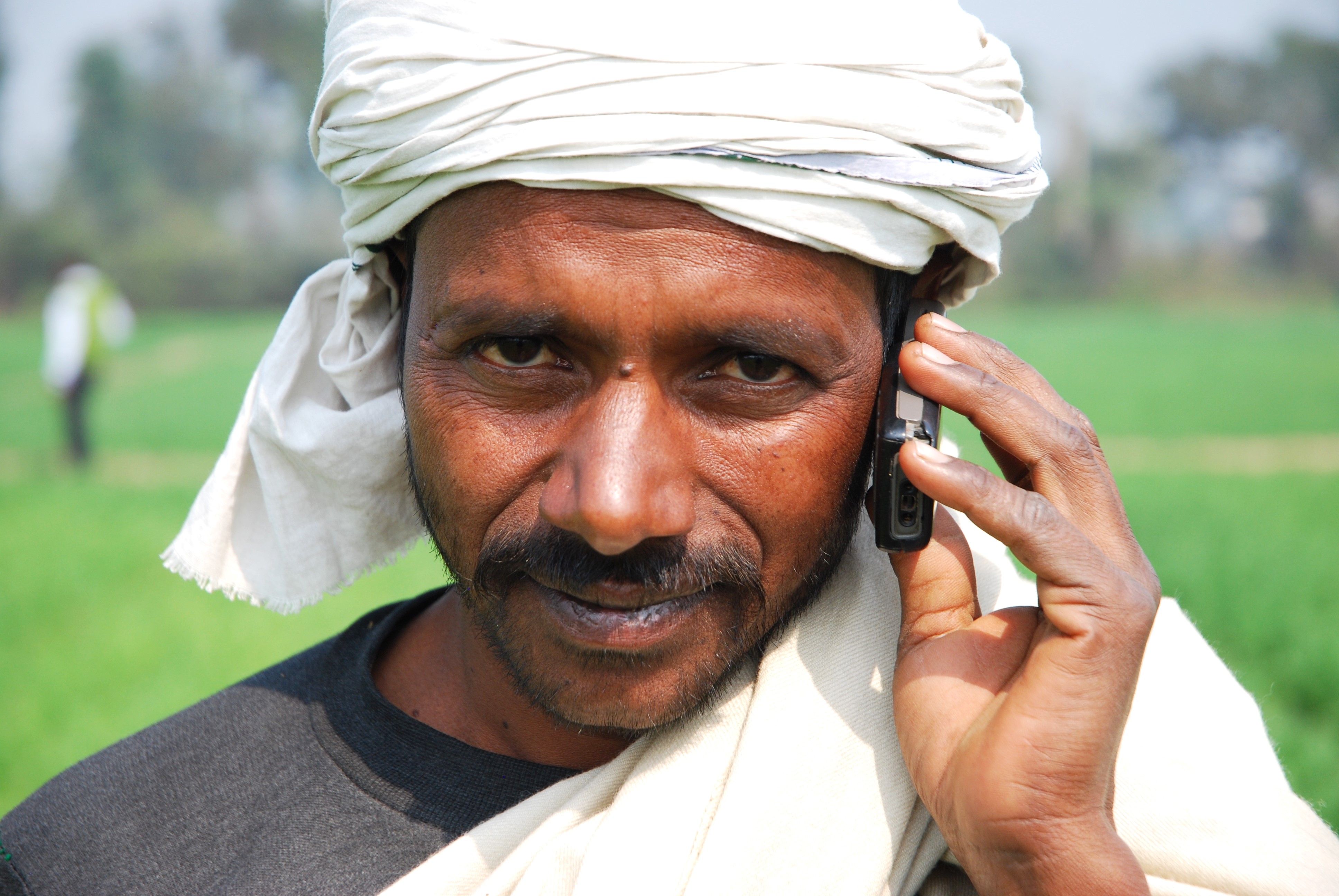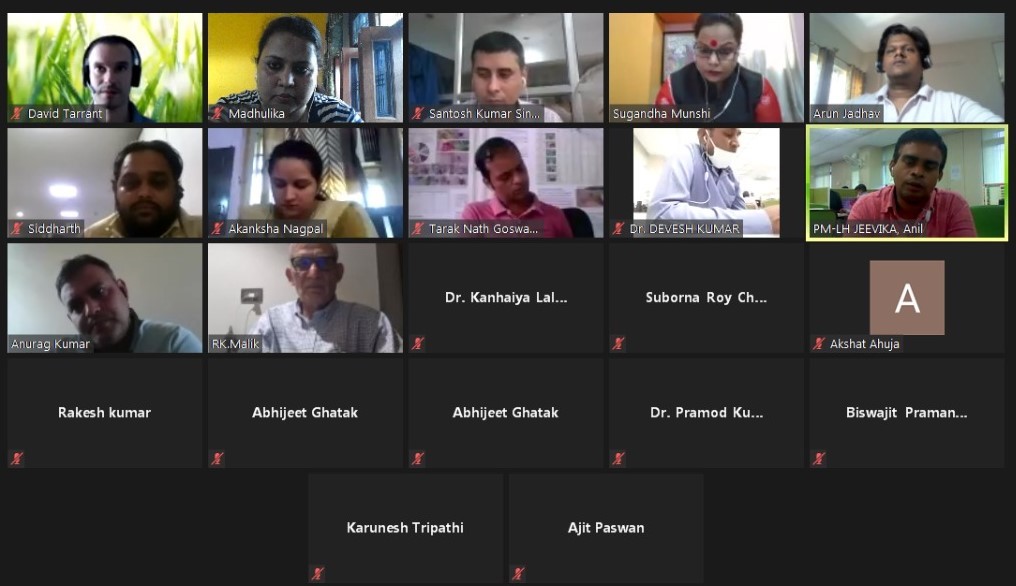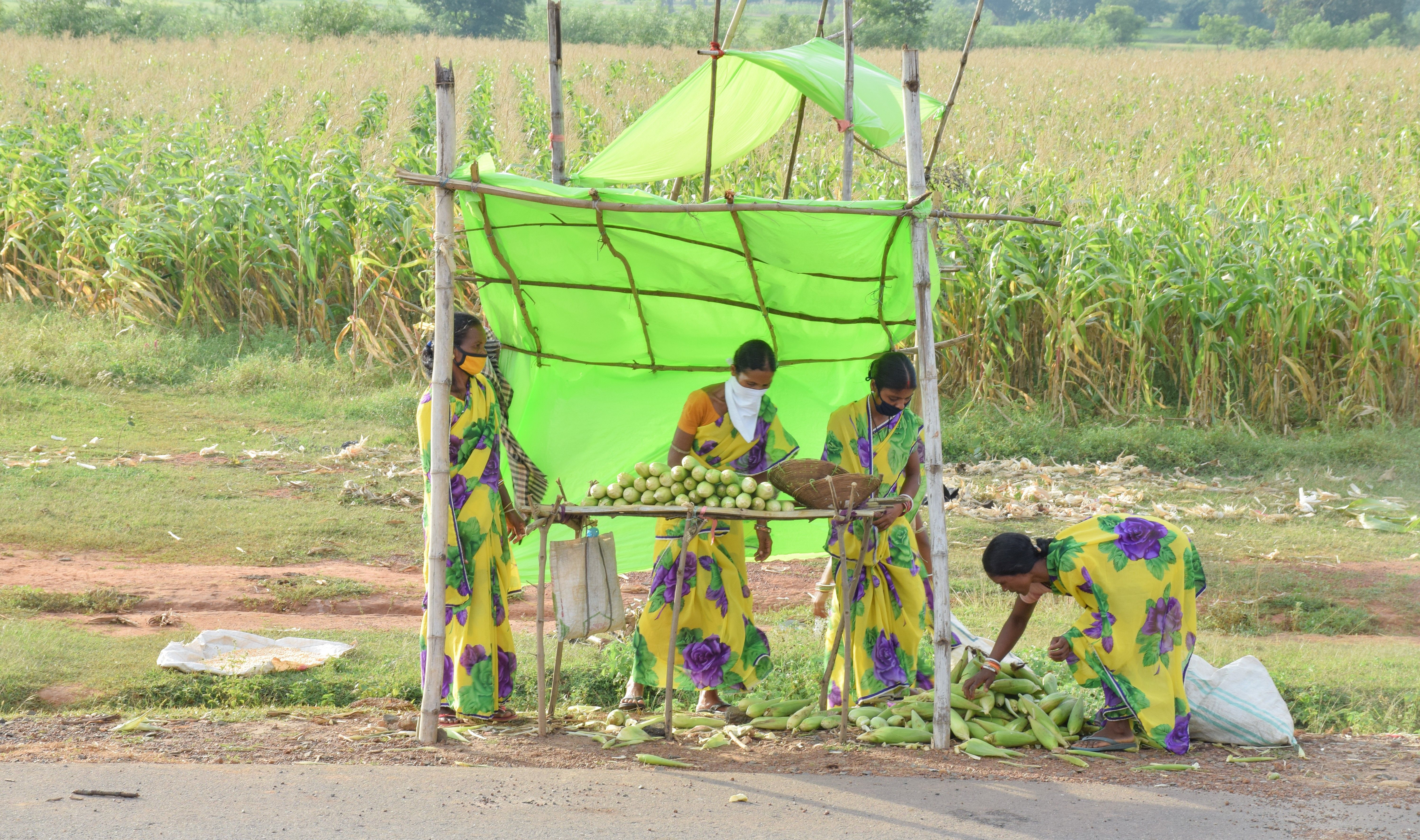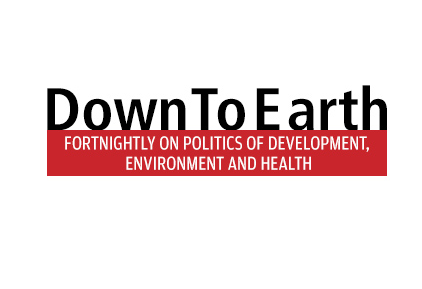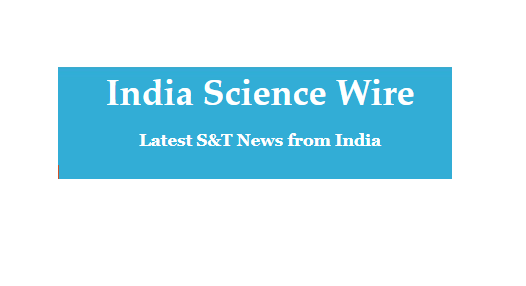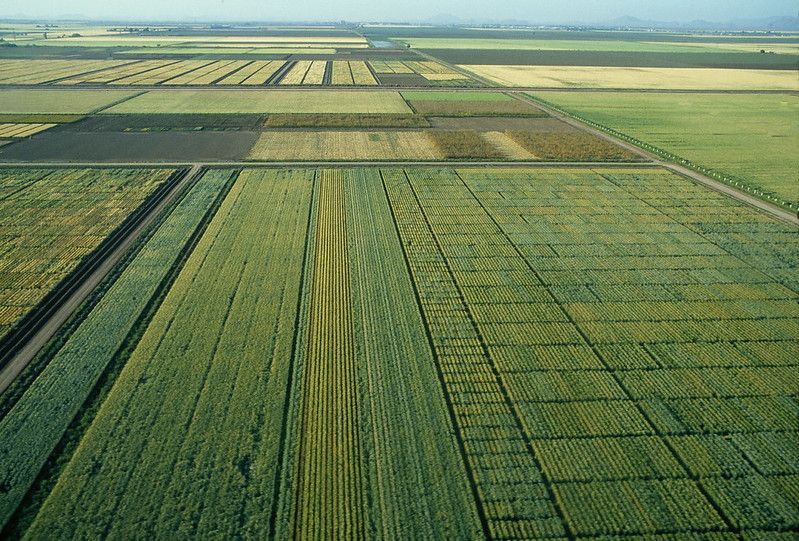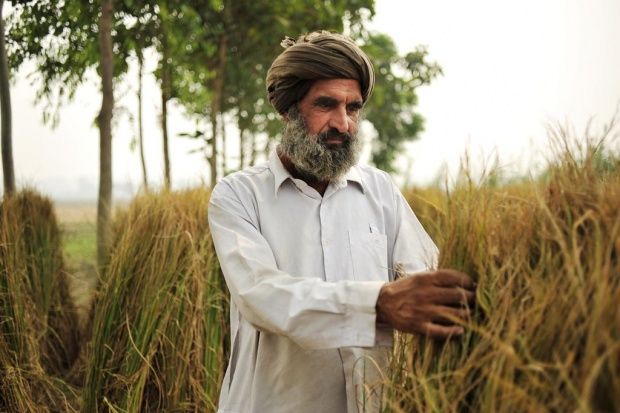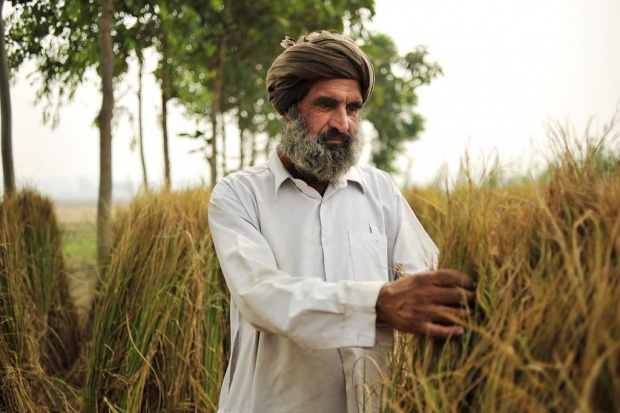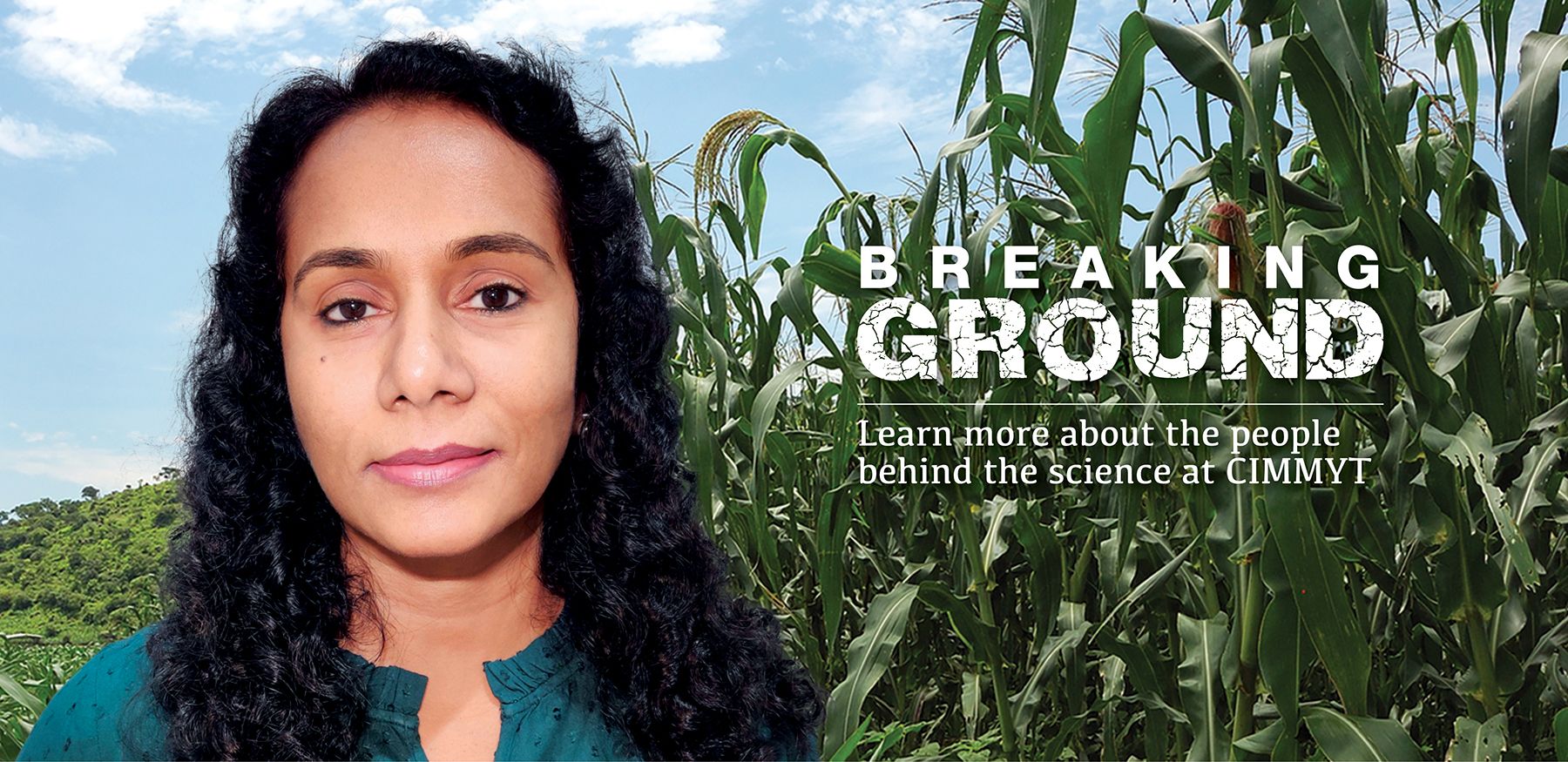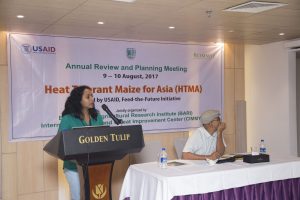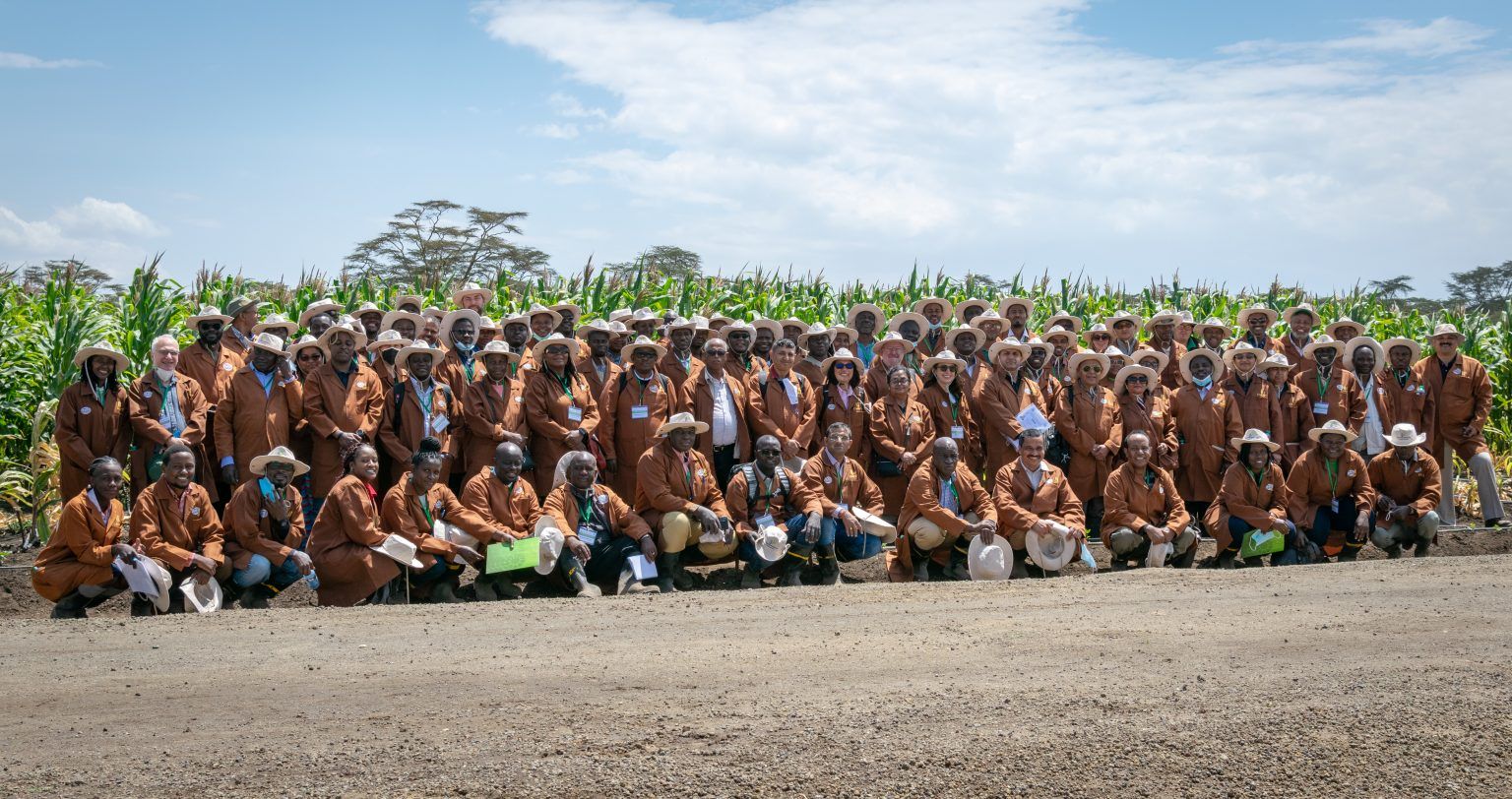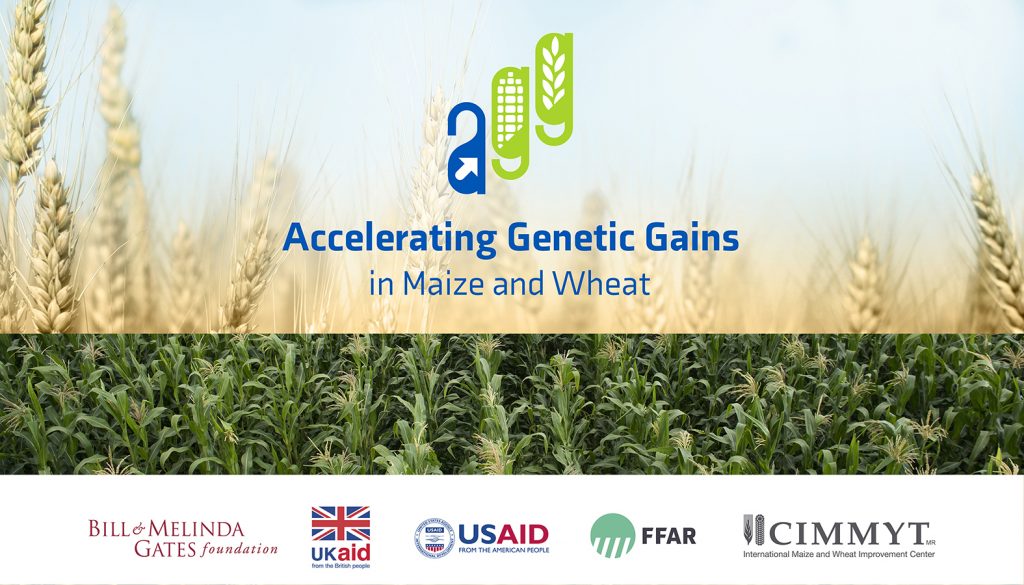Are solar powered irrigation systems scalable?

Climate change is a major challenge for India, which faces large-scale climate variability and is exposed to high risk. The country’s current development model reiterates the focus on sustainable growth and aims to exploit the benefits of addressing climate change alongside promoting economic growth.
The government has been heavily emphasizing the importance of solar power in India, and the Ministry of New and Renewable Energy (MNRE) recently launched an ambitious initiative to further this cause. The Pradhan Mantri-Kisan Urja Suraksha evam Utthaan Mahabhiyan (PM-KUSUM) scheme aims to support the installation of off-grid solar pumps in rural areas, and reduce dependence on the grid in grid-connected areas.
However, there has been a knowledge gap about the potential use of solar energy interventions in the context of climate change and their scalability. In an effort to bridge this gap, scientists from the CGIAR Research Program on Climate Change, Agriculture and Food Security (CCAFS) have comprehensively synthesized existing pilot initiatives on the deployment of solar powered irrigation systems (SPIS) across different agro-climatic zones in India and tried to assess their scalability. This in turn has led to the identification of efficient and effective models for sustainable development in accordance with the region’s socioeconomic and geopolitical situation.
Solar powered irrigation systems in India
A compendium has been developed as part of the research carried out by CCAFS, in collaboration with the International Maize and Wheat Improvement Center (CIMMYT), the Borlaug Institute for South Asia (BISA), Deutsche Gesellschaft für Internationale Zusammenarbeit GmbH (GIZ) and the International Water Management Institute (IWMI).
The main objectives for bringing forth this compendium are: to qualitatively document various deployment models of SPIS and to understand the factors impacting the scalability of SPIS in India. The authors collected detailed information about the process of installing SPIS, their use and maintenance, and documented the different approaches in the form of case studies developed through primary and secondary research. They aimed to capture the key technical, social, institutional and financial attributes of the deployment approaches to enable comparative analysis and synthesis.
In total, 16 case studies from across India were documented — 1 case for centralized SPIS, 2 distributed SPIS and 13 examples for decentralized systems. Though each of these was designed with unique objectives, detailed analysis reveals that all the cases revolve around the improvement of the three factors: accessibility, affordability and sustainability — the trinity against which all cases have been described. Grid-connected areas such as Gujarat and Maharashtra offer an immense scope of selling surplus energy being produced by SPIS, to energy-deficient electricity suppliers while areas such as Bihar and Jharkhand offer the potential for scaling the decentralized model of SPIS.
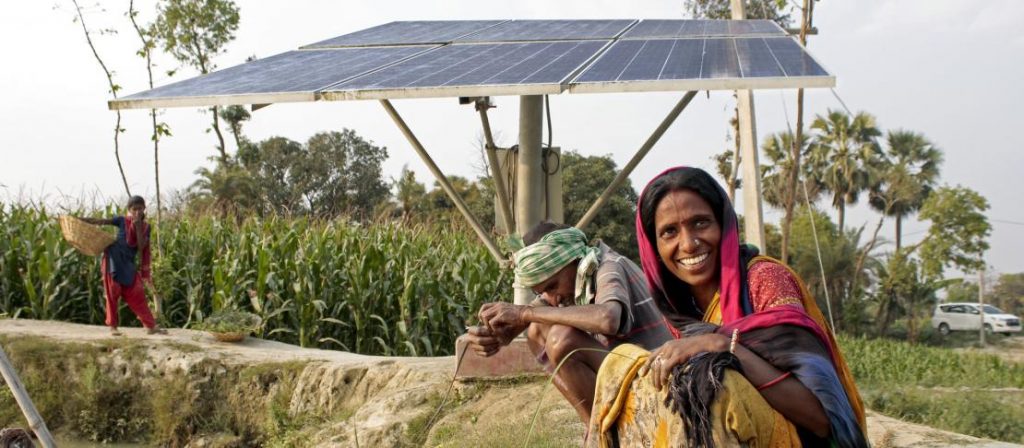
Assessing scalability
For inclusive and sustainable growth, it is important to consider the farm-level potential of solar energy use with multiple usages of energy. The compendium documents examples of the potential of solar irrigation systems in India for adaptation and mitigation benefits. It also assesses on the scalability of different deployment approaches such as solar pump fitted boats in Samastipur, Bihar, or the decentralized solar powered irrigation systems in Gujrat and West Bengal. Through the compendium, the authors study the five key stages of the scaling-up process to assess whether these initiatives are scalable and could reduce or replace fossil fuel dependence in agriculture.
While some of the documented cases are designed exclusively to address a very specific problem in a particular context, others are primarily designed as a proof-of-concept for wider applicability and policy implications — with or without suitable modifications at the time of scaling. In this compendium, both types of cases are included and assessed to understand their relevance and the potential contribution they can make in advancing the goal of solarizing irrigation and agriculture in a sustainable and effective way.
The authors conclude that all the cases have different technical, financial, and institutional aspects which complement each other, have been designed based on community needs and are in line with the larger objective of the intervention integrating three factors — accessibility, affordability and sustainability — to ensure secured availability of resources and to facilitate scalability.
Given that India is a diverse country with varied socioeconomic and geopolitical conditions, it is important to have set guidelines that lay out a plan for scaling while allowing agencies to adapt the SPIS model based on local context and realities in the field.
This article was originally published on the CCAFS website.

